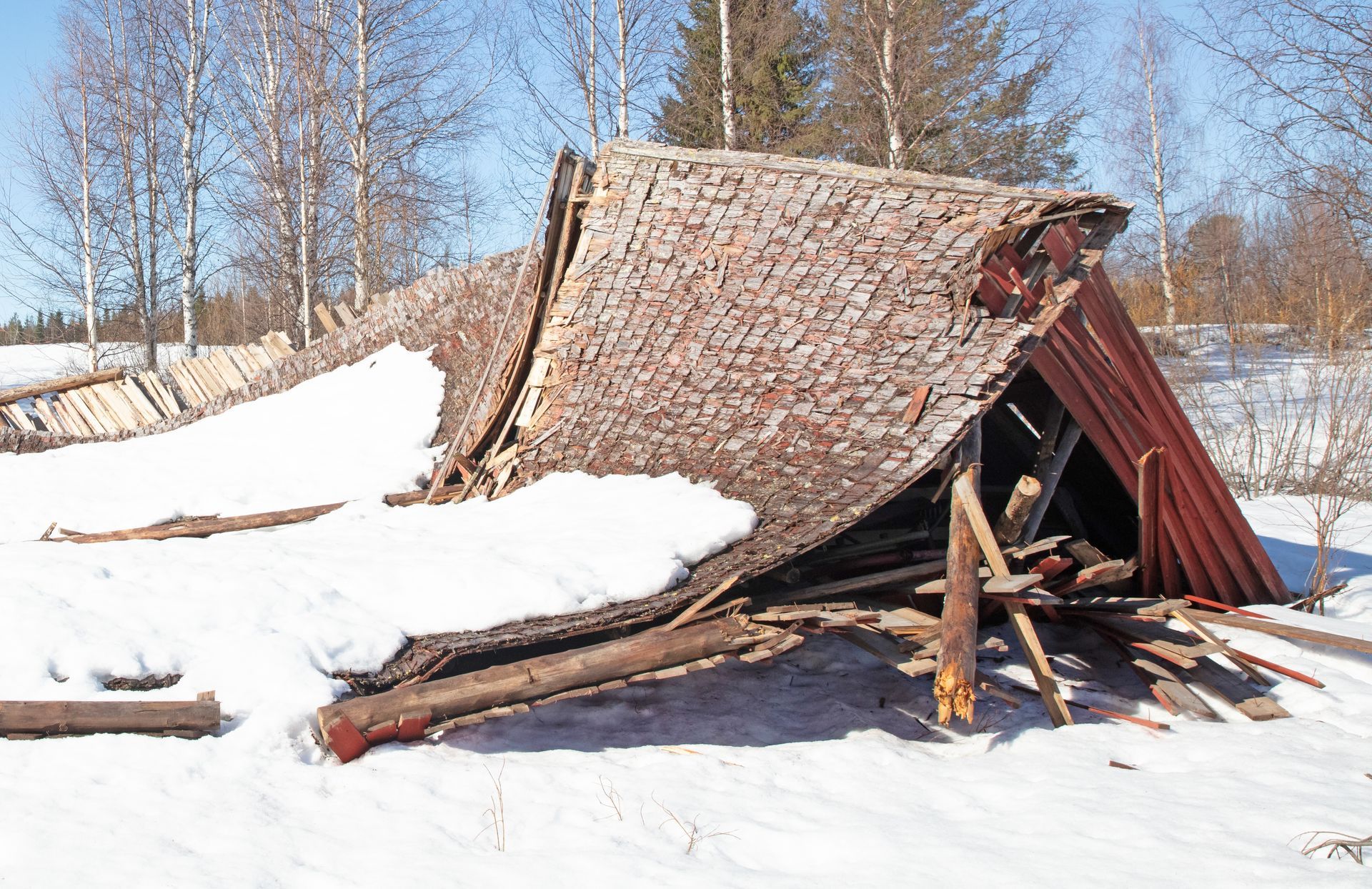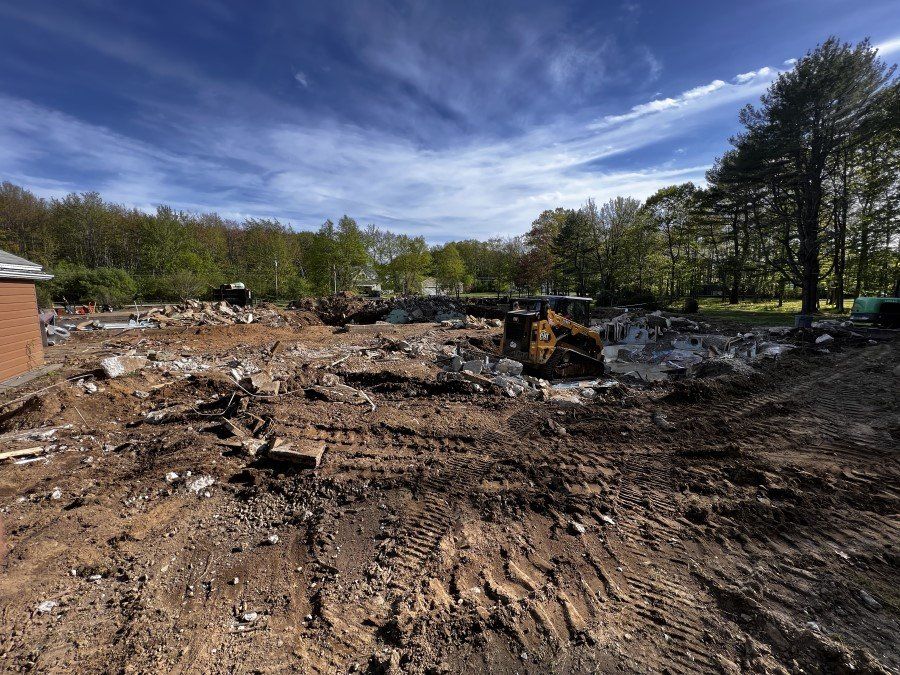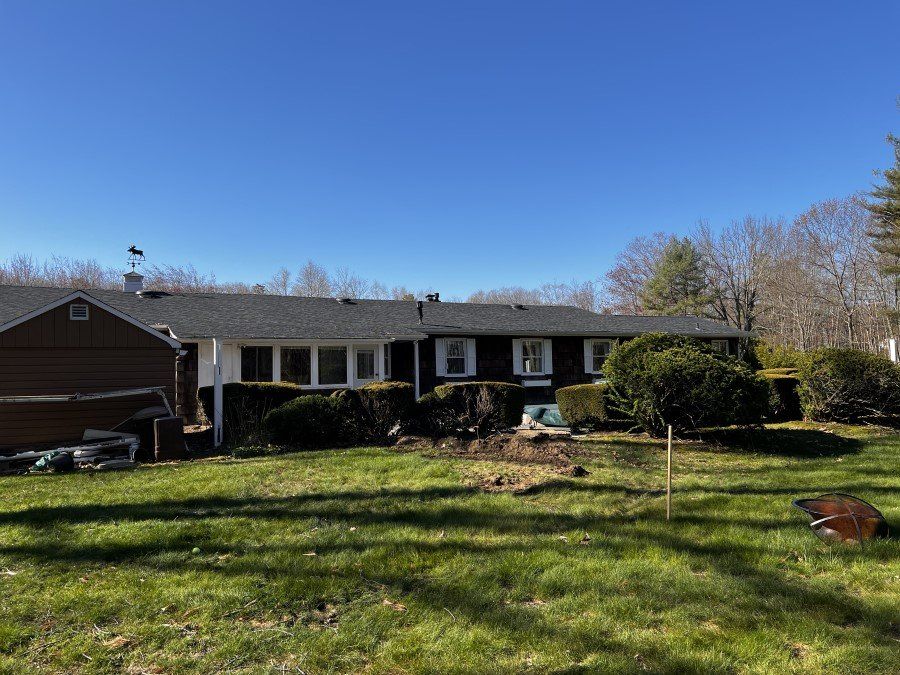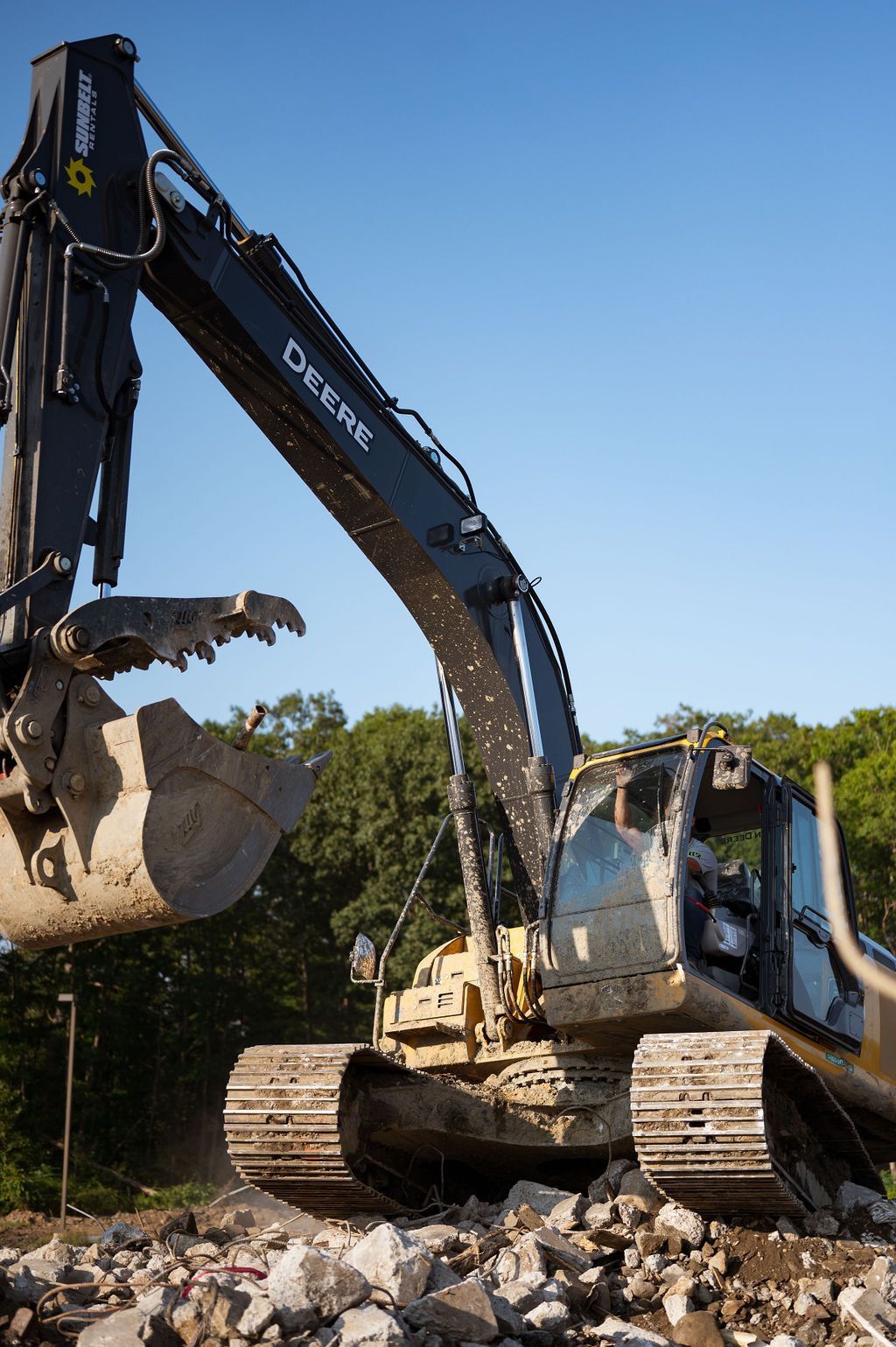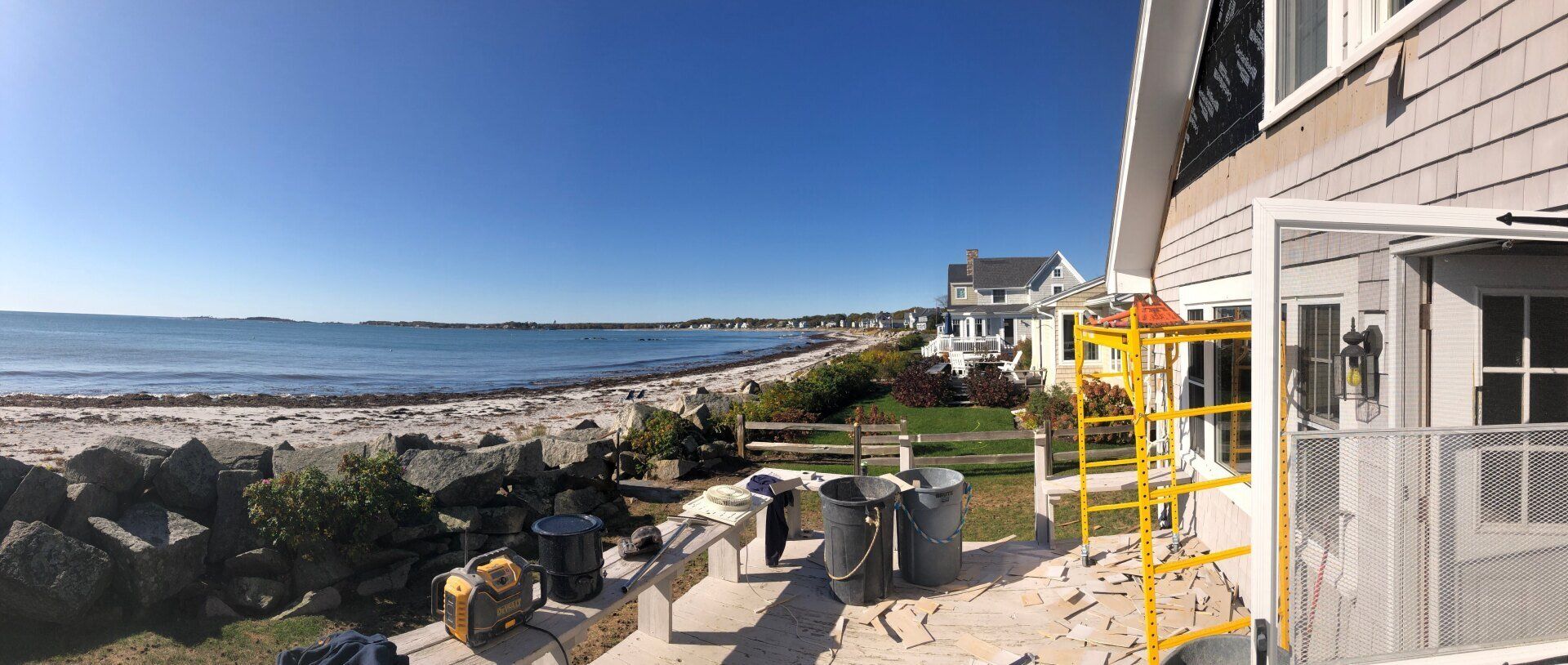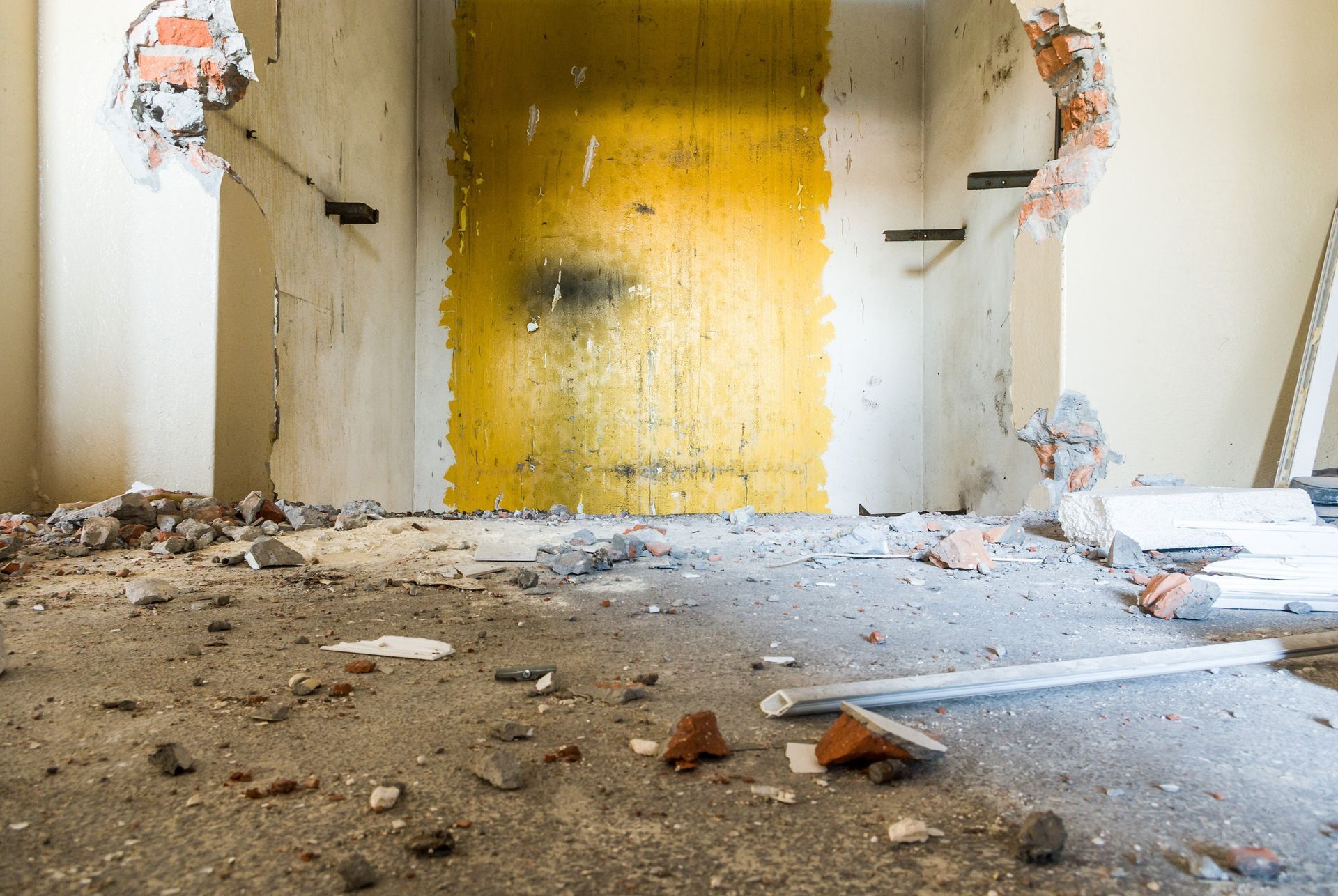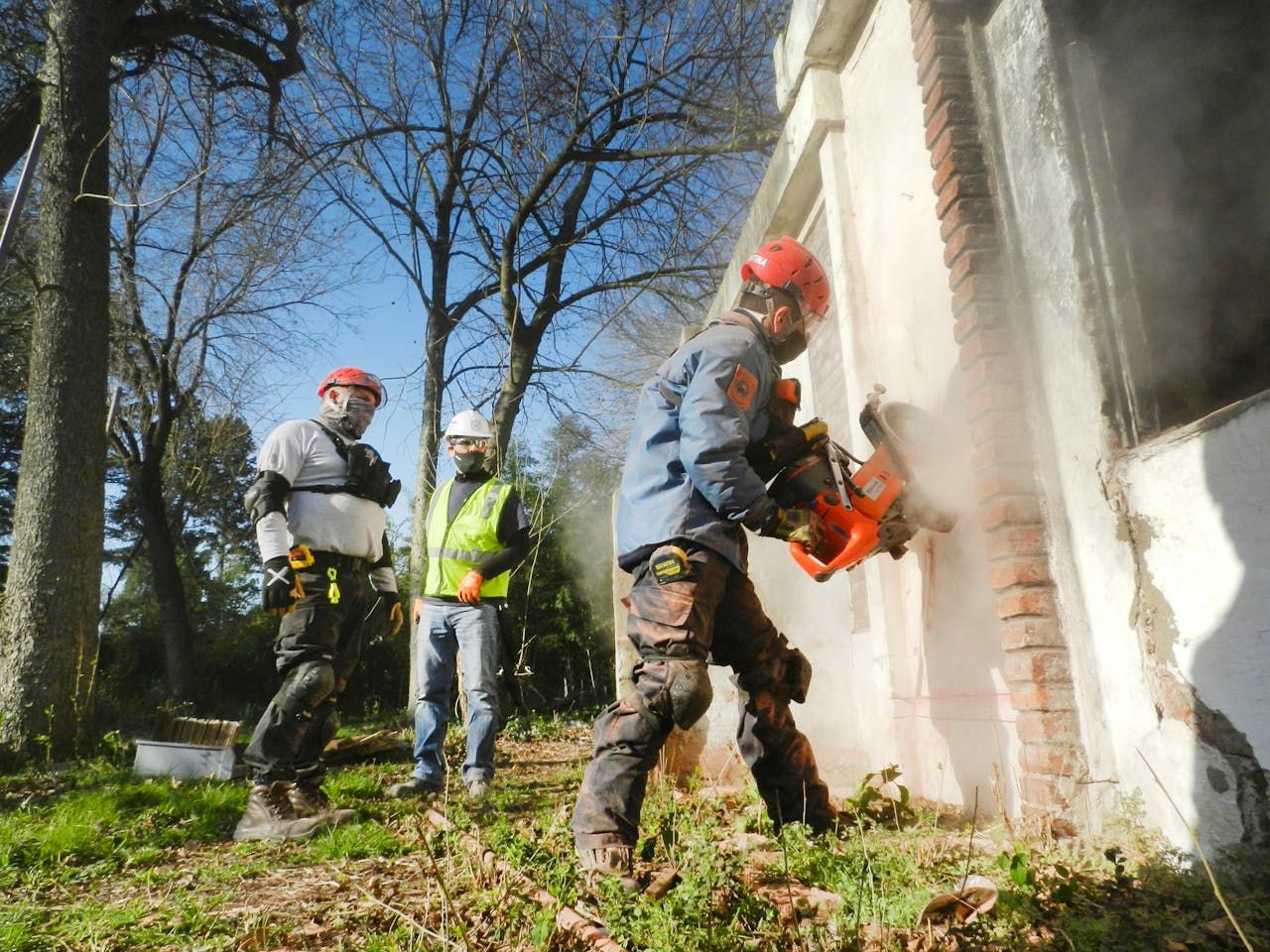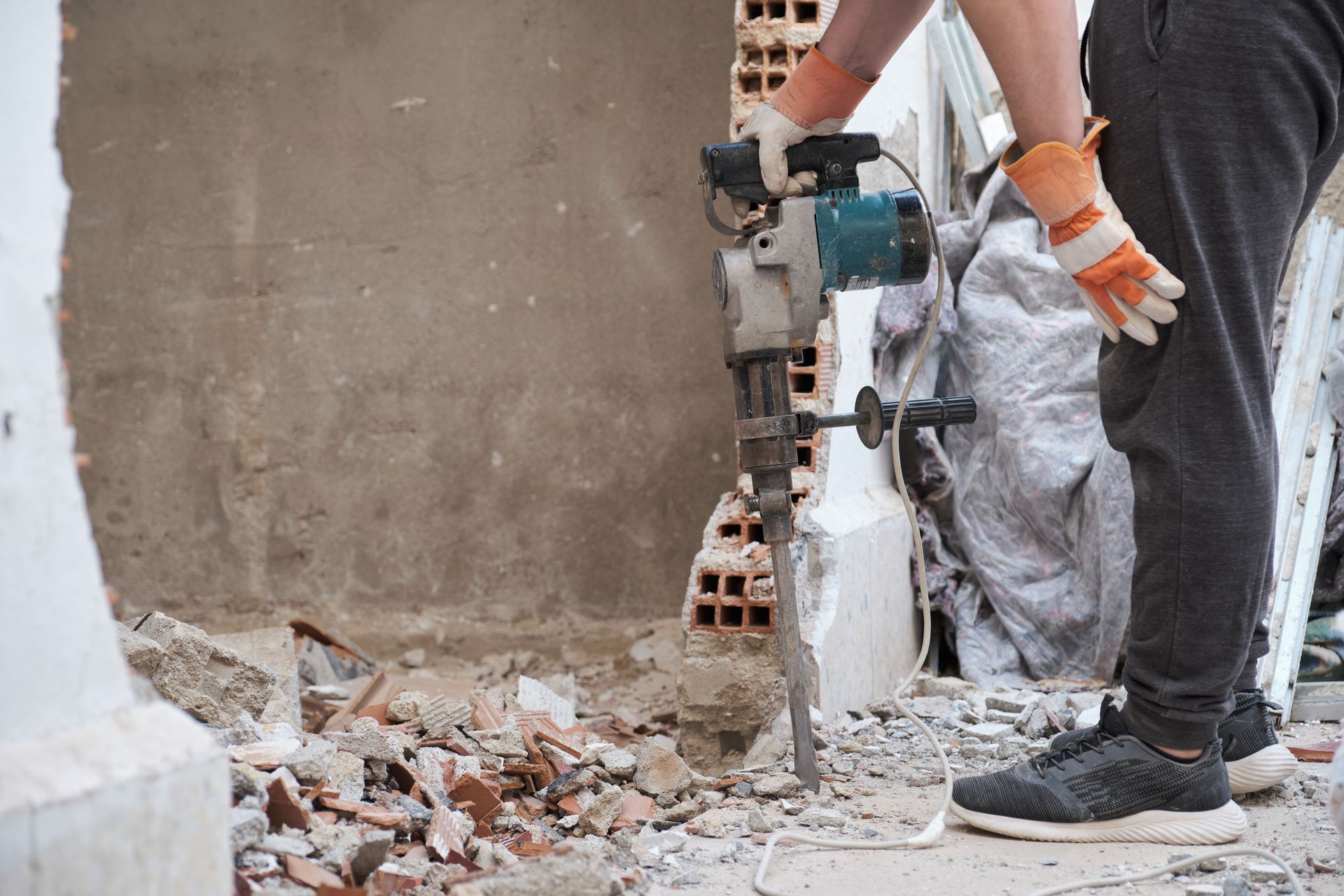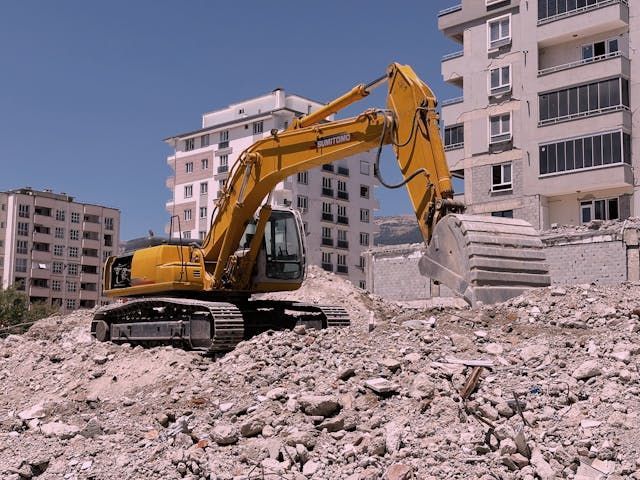Top Mistakes to Avoid During a Swimming Pool Removal Project
Here's a look at the top errors homeowners often make and how to avoid them.
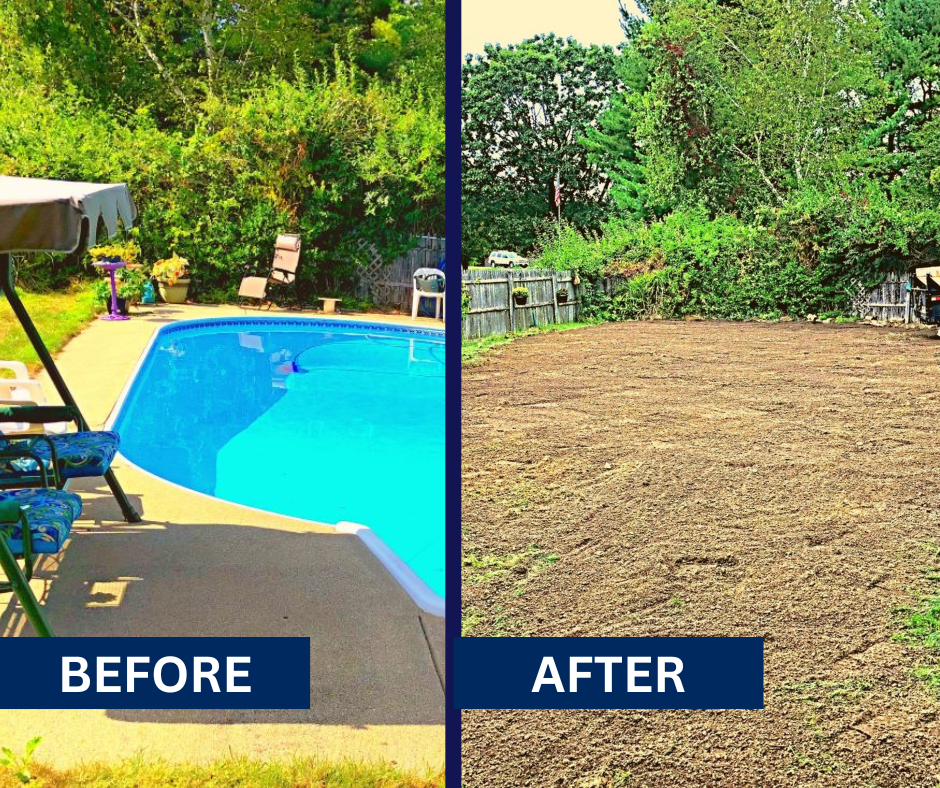
Removing a swimming pool can significantly improve your property's usability, safety, and long-term value—but only if the job is done right. Whether you're preparing to sell your home, reduce maintenance costs, or reclaim your backyard, avoiding common mistakes during pool removal is crucial.
Skipping the Permit Process
One of the most critical steps in any demolition project, including
pool removal, is ensuring the proper permits are obtained. Many municipalities require specific documentation and inspections before, during, and after the removal process. Failing to secure these permits can lead to fines, project delays, and complications with future property transactions. Always check local regulations and work with a contractor familiar with your town or county’s codes.
Choosing the Wrong Type of Pool Removal
There are two main types of swimming pool removal: partial and complete. A partial removal involves draining the pool, breaking up the upper portions of the structure, and backfilling with soil and gravel. A complete removal takes out all materials—including concrete, steel, and plumbing—before backfilling.
While partial removals are cheaper and faster, they can limit future use of the space, particularly if you want to build a structure in that area later. Complete removal is more thorough and preferred by most buyers and city inspectors. Choosing the wrong method for your long-term goals can be an expensive mistake.
Hiring Inexperienced or Unlicensed Contractors
Not all demolition contractors have the experience required for safe and effective pool removal. Inexperienced teams may overlook utility lines, improperly backfill the site, or leave structural elements behind that can cause issues later. Always verify that your contractor is licensed, insured, and experienced in swimming pool demolition. Check their references, and don’t be afraid to ask for examples of previous work.
Improper Backfilling and Soil Compaction
Once a pool is removed, the empty space must be properly backfilled and compacted to prevent future settling. Improper backfilling can result in sinkholes, uneven landscaping, or damage to surrounding structures. The fill material must be appropriate for the project, and compaction should be done in layers using proper equipment. Skimping on this part of the process can lead to costly repairs down the line.
Neglecting Drainage Planning
Removing a pool changes how water flows across your property. If proper drainage systems aren’t put in place, you could end up with standing water, flooded landscaping, or damage to your foundation. A qualified contractor will assess the site and plan for appropriate grading and drainage to ensure your property remains dry and stable after the pool is gone.
Failing to Plan for Future Use of the Space
Another common mistake is not having a plan for how the reclaimed space will be used. Whether you’re planning to plant a garden, lay sod, or build a patio, knowing your next steps helps guide the removal process. It ensures the contractor prepares the ground appropriately and reduces the risk of needing further excavation or grading later on.
At Briggs Contracting, we specialize in safe, efficient, and regulation-compliant swimming pool removal services across Maine. With years of experience and a commitment to quality workmanship, we guide homeowners through every step, from permit acquisition to proper site restoration. Don’t let common mistakes compromise your project or your property’s future. Call (207) 939-7807 today, let our expert team handle your pool removal the right way.

